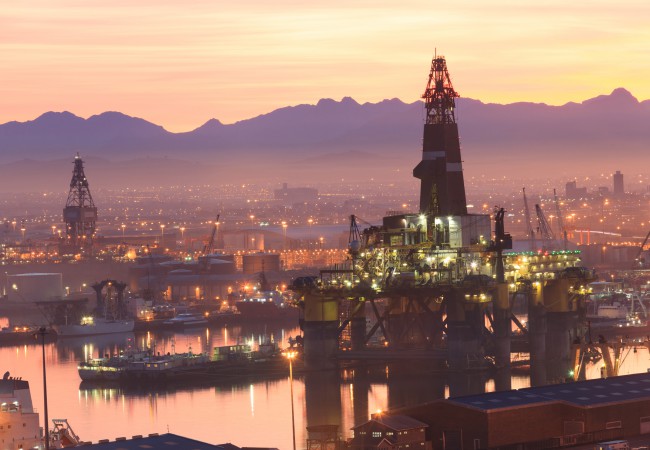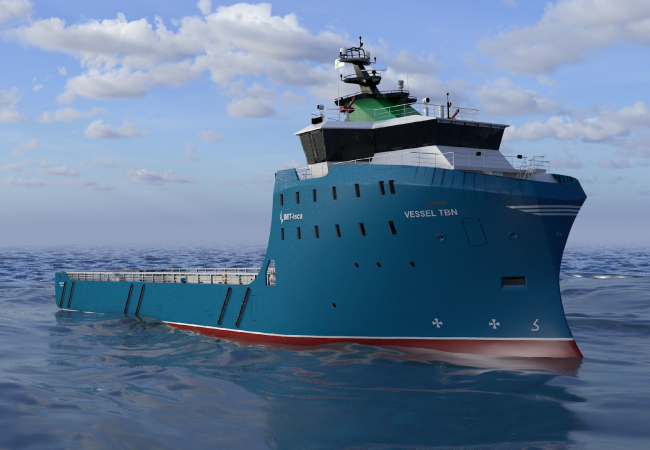Longitude Engineering were contracted by A&P Falmouth, to provide the design information required for the retro-fit of Ballast Water Treatment Systems (BWTS) on Condor Ferries’ Commodore Goodwill and Commodore Clipper. At the initial stages of each project, 3DMSI were contracted to provide a native point cloud and solid geometry model of the relevant spaces from a laser scan carried out on board each ship. With initial vessel surveys completed, all information was gathered to enable the design work to move forward, allowing plant specifications and requirements for system interfaces to be fully defined.
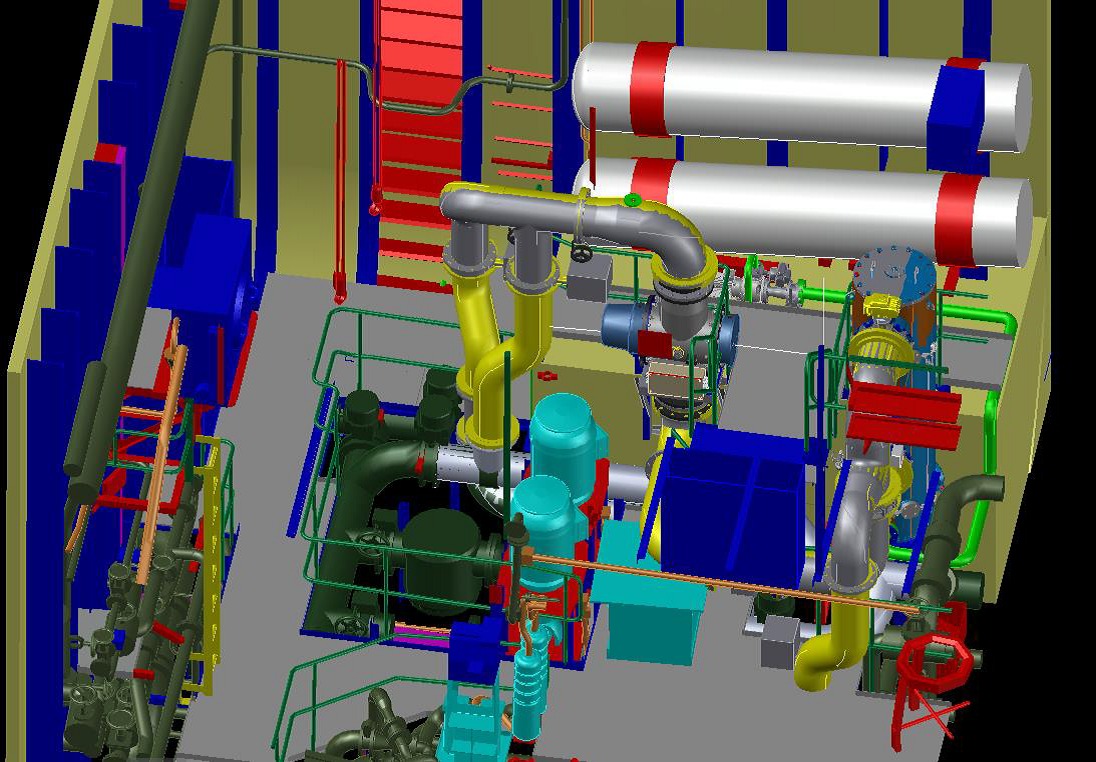
From the outset, it was made clear by Condor Ferries, that the system capability needed to be maintained. The addition of a BWTS was not to increase the time required to fill or empty the ships’ ballast tanks. With the required size of the plant defined, the space required for installation could then be properly assessed.
3D modelling
Initially the geometry model was used to communicate the outline installation layout to the vessel owners and crew, and to source operational feedback. With final decisions made on the plant layouts, making use of BWTS models supplied by the plant manufacturer, Wärtsilä, the components were “installed” within the computer model.
Ballast Water Management
After gaining approval from the ships’ flag state for the eventual installation of the Wärtsilä Aquarius Ultra-Violet Plant, the Ballast Water Management Plan for each ship was produced. Creating the plans required dialogue with the ships’ Classification Society to ensure that the ships would operate within the bounds of the BWM convention. This was carried out in parallel with the pipe and structural design work.
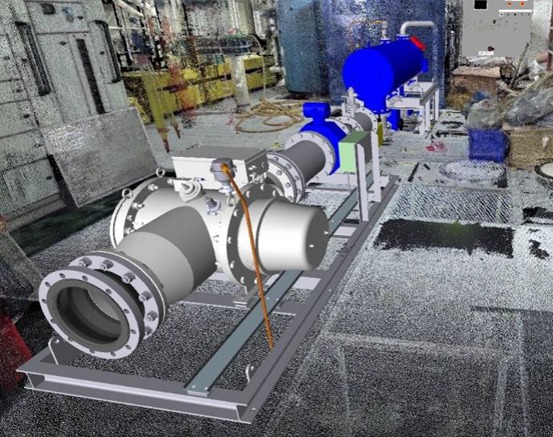
Electrical Installation
As well as the mechanical components, the system required electrical integration. The electrical design and installation was carried out by MJR Controls. Longitude provided the structural design requirements for the larger items of the electrical installation – the UV lamp power supply cabinet and the main control panel.
Modular system
As installation space was available, a skid supplied plant was specified for Commodore Clipper. This allowed a modular approach, leaving connections to be defined to the two skids and two main electrical cabinets. For Commodore Goodwill, the approach had to be different. The space available on board was very tight, which really proved the worth of the 3D scan data. Wärtsilä supplied the plant as individual items in order to place it on board in the most efficient manner.
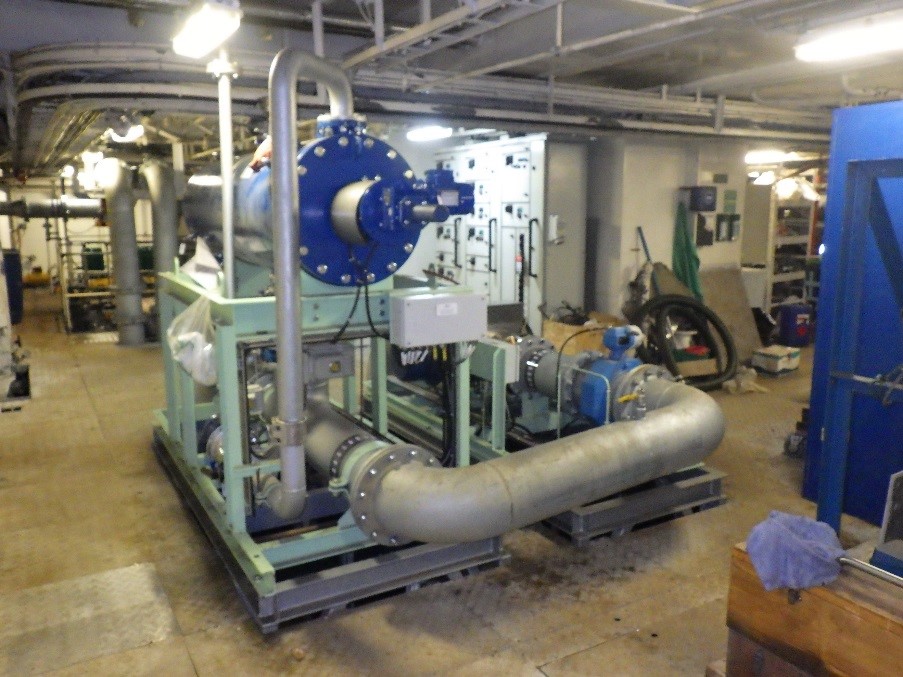
The orientation and space requirements for maintenance were straightforward checks for the skid mounted system. With individual components mounted separately, more consideration was required for routine and non-routine interactions with the plant.
Pipe Installation
In order to fit the plant on each ship, a mix of new pipe sections and modified sections were required. To save on installation time, any existing pipe sections requiring modification were drawn up and fabricated prior to the arrival of the ship.
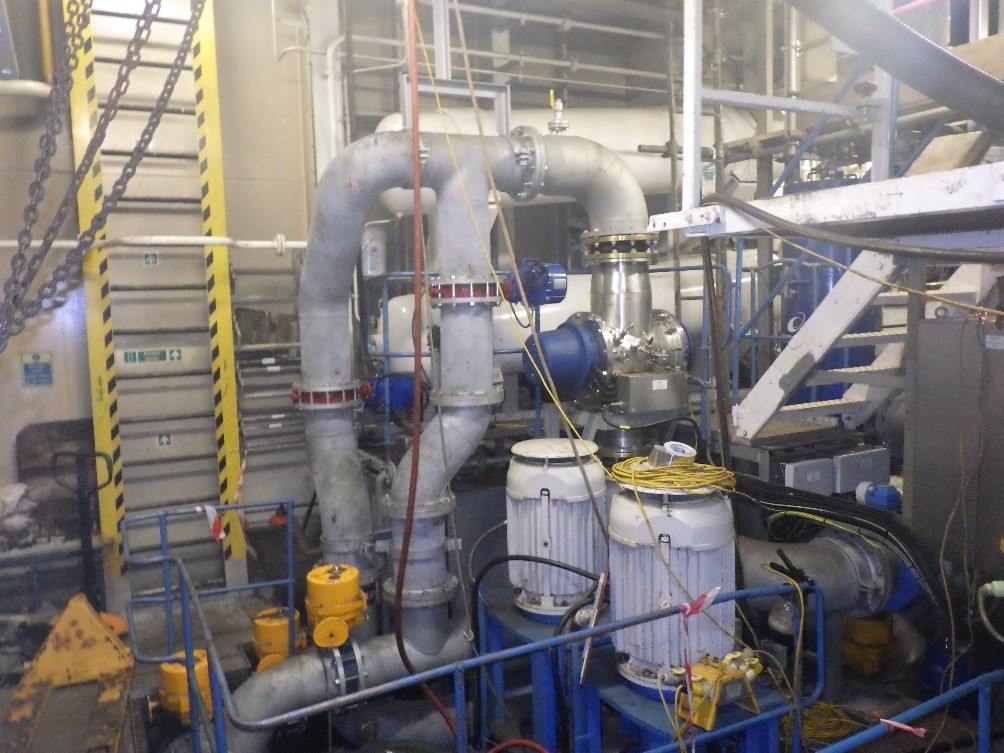
Having all parts ready at the yard as the ship arrived, enabled the yard to plan the installation work with more certainty, shortening the installation time significantly.
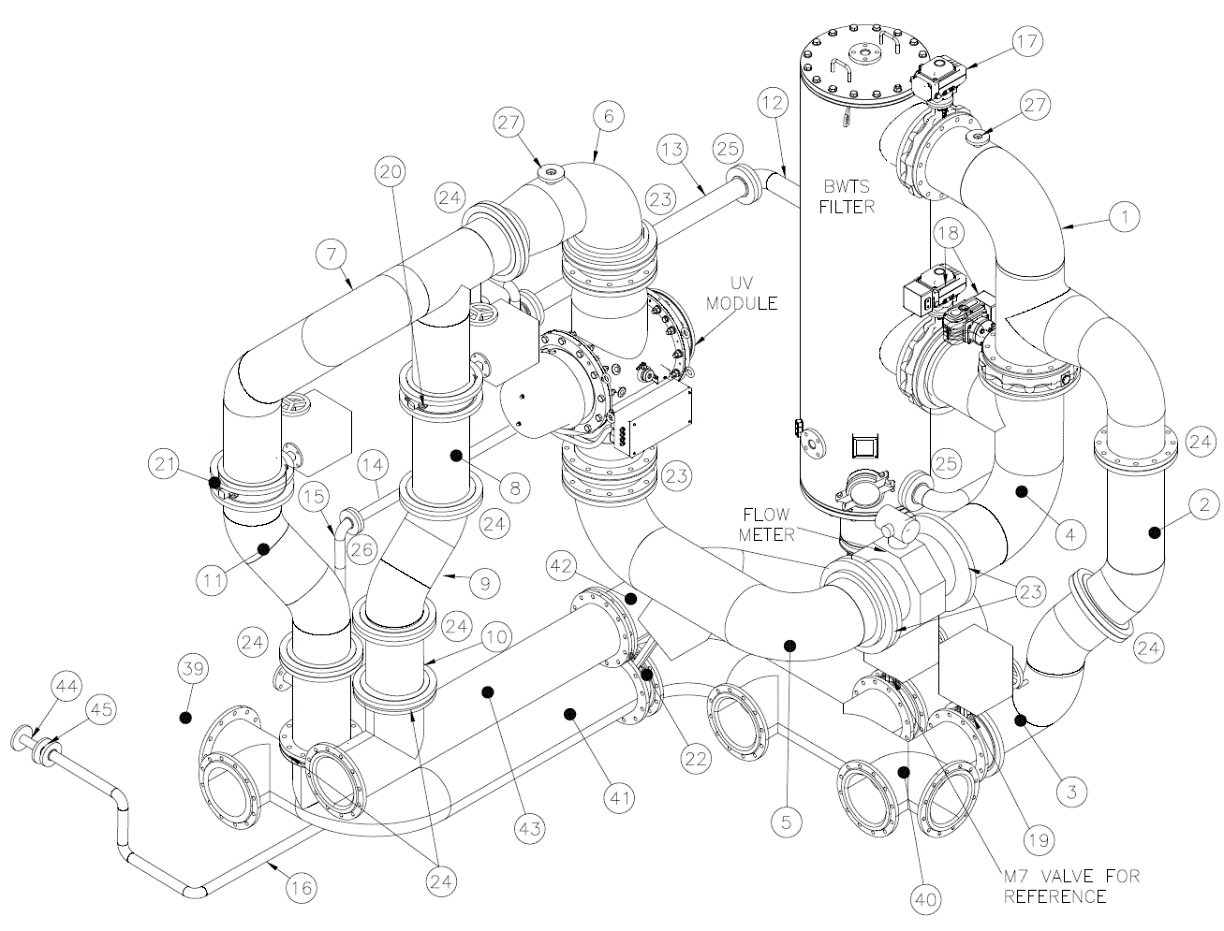
Ballast Pump Upgrade
For both ships, once the connecting pipework had been designed, a pipe flow calculation was performed. With the additional resistance presented by the plant and connecting pipework estimated, the pump capability was verified. On both ships an upgrade was required to ensure no loss of system capability. Making use of the original pump characteristics, larger impellers were deemed to be suitable for one of the ships. The main ballast pumps on the other ship were at the top end of their capability with respect to the casing size, and the pumps were therefore replaced.
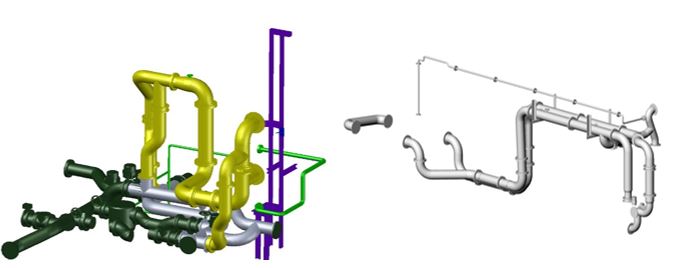
Summary
The design work and Class approval package was delivered by Longitude Engineering, while working closely with the equipment suppliers, vessel owner and yard to ensure that equipment lead-times could be managed alongside vessel docking schedules. This also ensured that the systems and structures were straightforward to install and maintain. Input from the vessel crews was sought to confirm that system operation would be compatible with the working methods employed on board. Both ships’ BWTS installations were carried out by A&P Falmouth on time and on budget.


